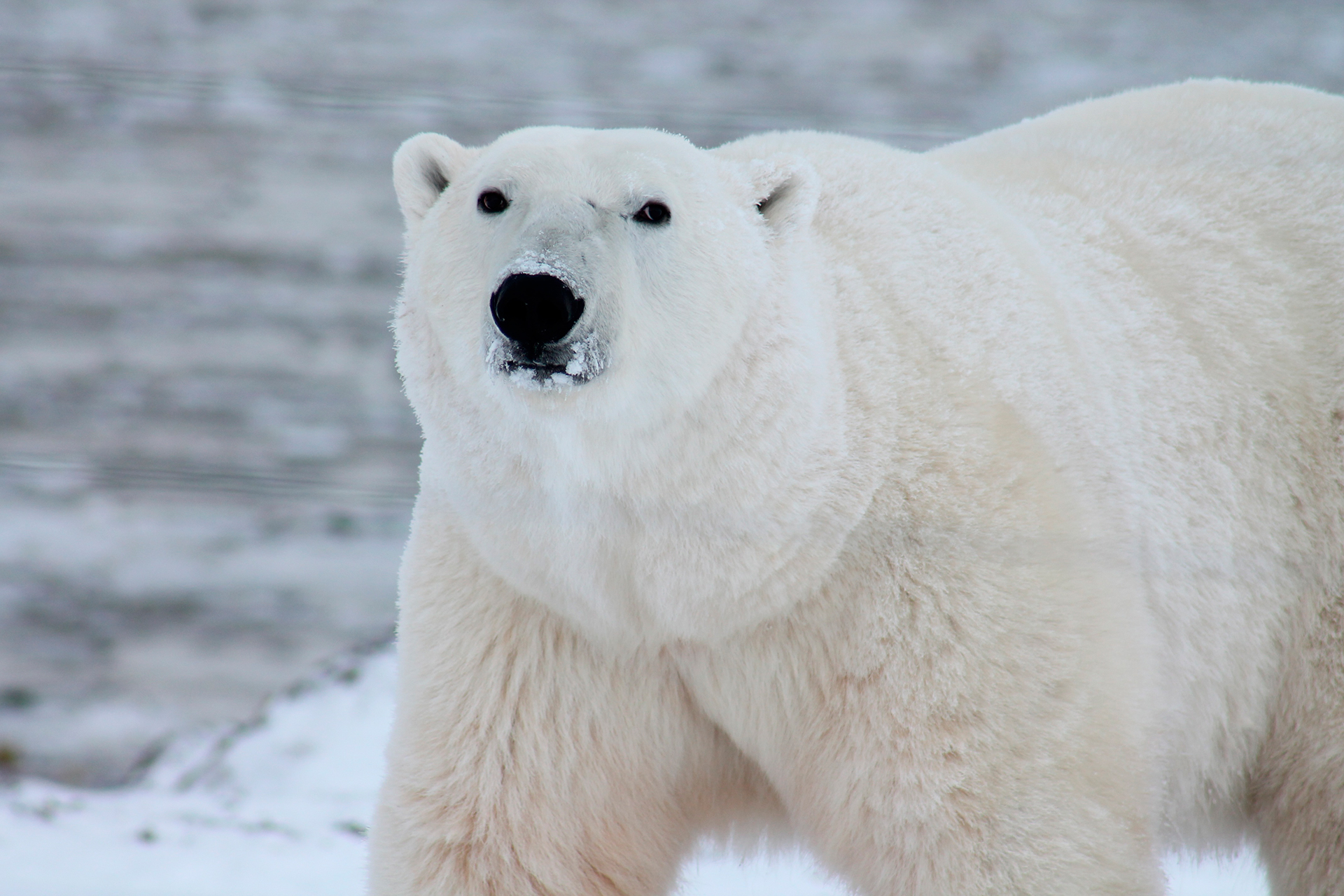
The Arctic and Antarctica, although they are similar habitats in some respects, are home to very different creatures. Both poles are home to a variety of seal and whale species, but only the Arctic is home to the largest bear on Earth, the polar bear.
Polar bears (Ursus maritimus) and their cubs can be found around the Arctic Circle in Alaska, Canada, Greenland (part of Denmark), Norway, Russia, and occasionally Iceland. The coat of a polar bear is particularly suitable for temperatures that can drop below -22 degrees Fahrenheit (minus 30 degrees Celsius). They live on ice for most of their lives, feeding on high-fat seals that keep them energized for long periods between meals.
Antarctica also has sea ice, cold temperatures and seals. So why aren't there polar bears on the southernmost continent? The answer has to do with the evolution and geological history of the Earth. “Bears are largely a phenomenon of the northern hemisphere,” Andrew Derocher, professor of life sciences at the University of Alberta in Canada, who has studied polar bears for nearly 40 years, told WordssideKick.com.
Apart from the Andean bear (Tremarctos ornatus) from South America, bears appear only in the northern hemisphere. There is no specific reason for this, only that some species evolve in some places and some do not. “Biogeography is full of oddities. Some species reached new places and others didn't,” he added.
For polar bears specifically, there was never a time in their evolutionary history when the north and south poles were connected by ice (or earth, for that matter). People say that polar bears are the “largest terrestrial carnivore in the world, and yet they are not a terrestrial species at all,” Derocher explained. Big white bears live on sea ice for almost their entire lives, and only occasionally make it ashore to breed.

Polar bears are, evolutionarily, a relatively young species. They evolved from a common ancestor of the brown bear (Ursus arctos) sometime between 5 million and 500,000 years ago, according to the expert. But even 5 million years ago, the continents were in similar positions to today, so polar bears never had the opportunity to travel from pole to pole. The closest landmass to Antarctica is the southern tip of South America, which includes Chile and Argentina. To reach Antarctica, polar bears would have to cross the treacherous Drake Passage. The area is also known for the powerful storms and the rough sea, as cold water from the south meets warm water from the north.
But if polar bears had the chance, would they survive at the South Pole? For Derocher, the answer is simple: “They would have a lot of fun in Antarctica.” In the Arctic, polar bears feed on seals and occasionally on birds or eggs. Antarctica is abundant in all three, with six species of seals and five species of penguins. Moreover, none of these animals have evolved to be wary of large terrestrial predators. The Antarctic landscape would be an all-you-can-eat buffet for a polar bear, which is why no one should bring polar bears there. Their voracious appetite, combined with the ignorance of local faunas about large terrestrial predators, would lead to ecological collapse. It's probably better if the big white bear stays in the north.
KEEP READING:
Últimas Noticias
Debanhi Escobar: they secured the motel where she was found lifeless in a cistern
Members of the Specialized Prosecutor's Office in Nuevo León secured the Nueva Castilla Motel as part of the investigations into the case

The oldest person in the world died at the age of 119
Kane Tanaka lived in Japan. She was born six months earlier than George Orwell, the same year that the Wright brothers first flew, and Marie Curie became the first woman to win a Nobel Prize

Macabre find in CDMX: they left a body bagged and tied in a taxi
The body was left in the back seats of the car. It was covered with black bags and tied with industrial tape
The eagles of America will face Manchester City in a duel of legends. Here are the details
The top Mexican football champion will play a match with Pep Guardiola's squad in the Lone Star Cup

Why is it good to bring dogs out to know the world when they are puppies
A so-called protection against the spread of diseases threatens the integral development of dogs




